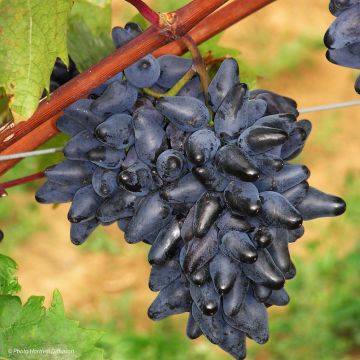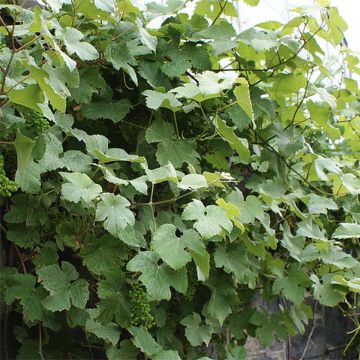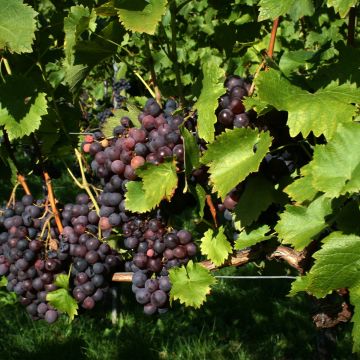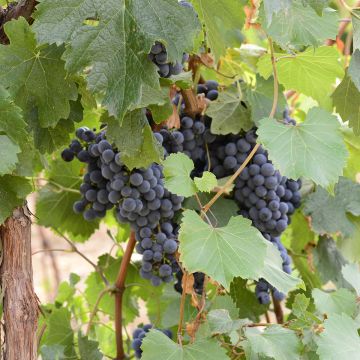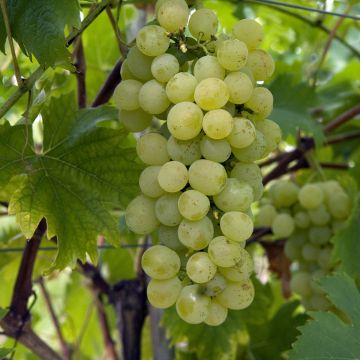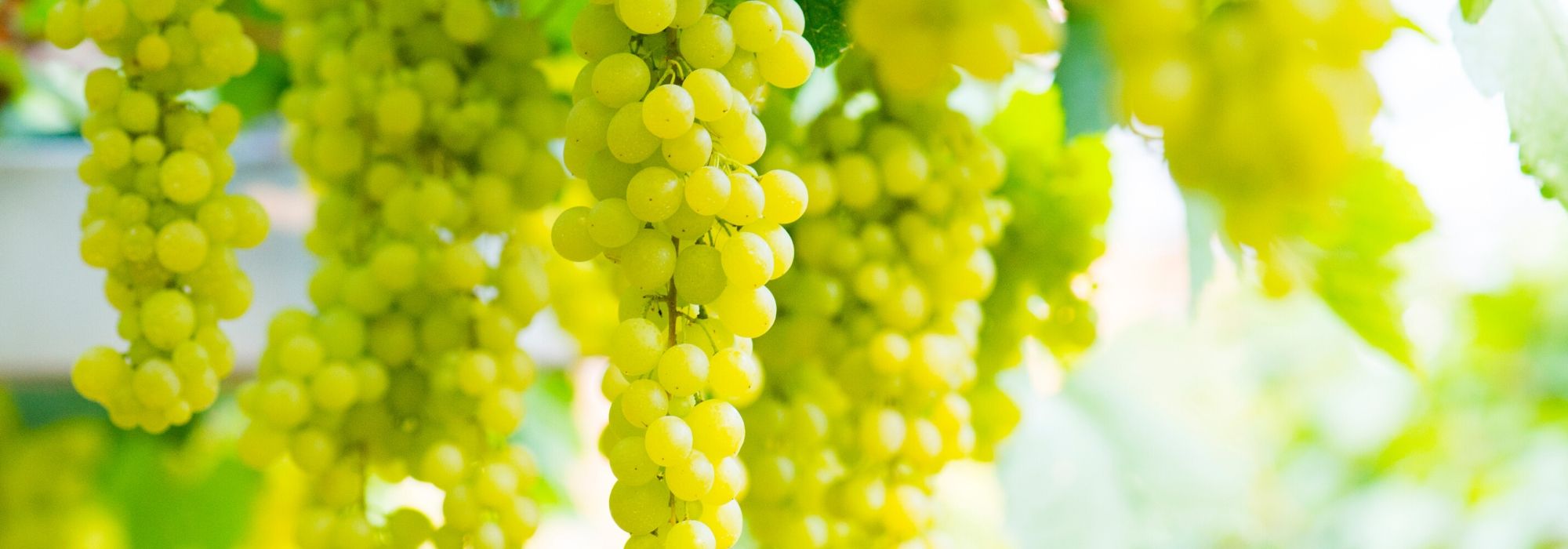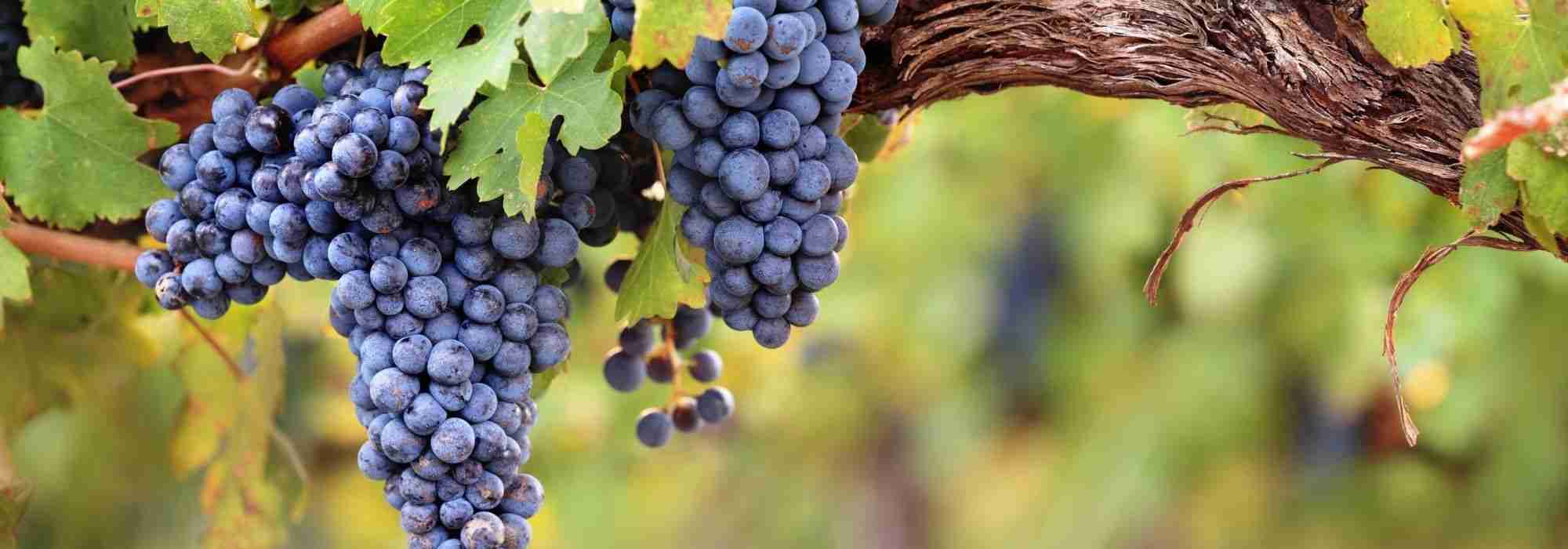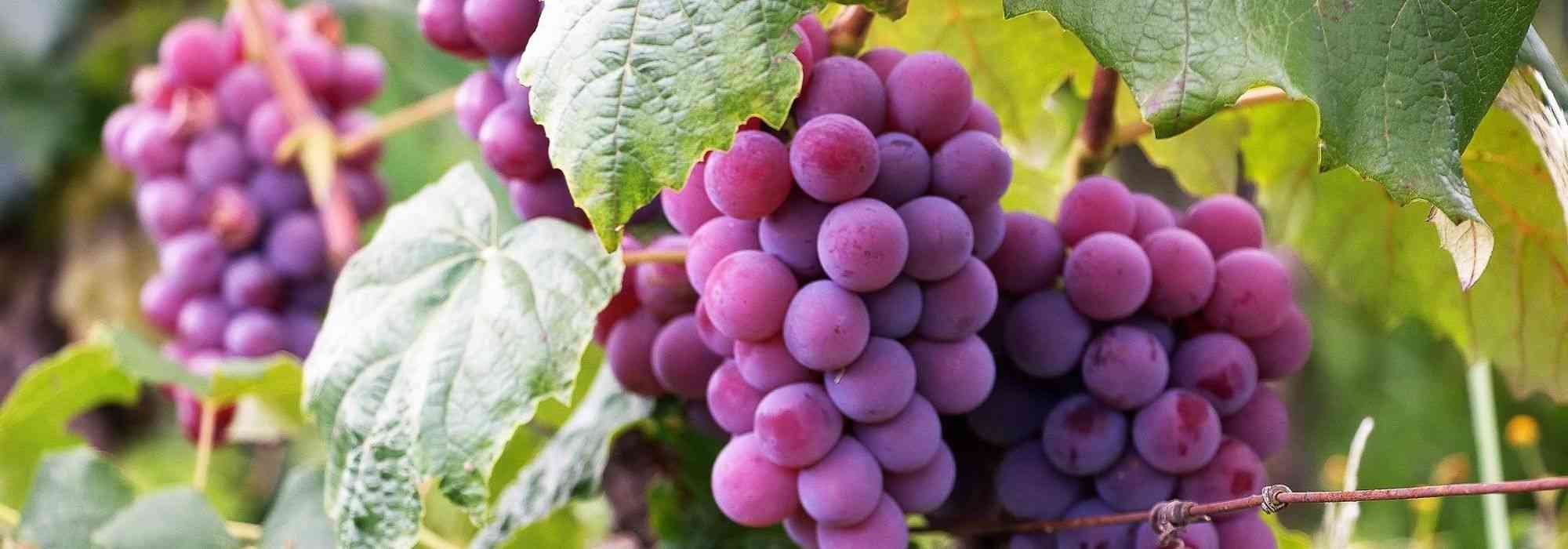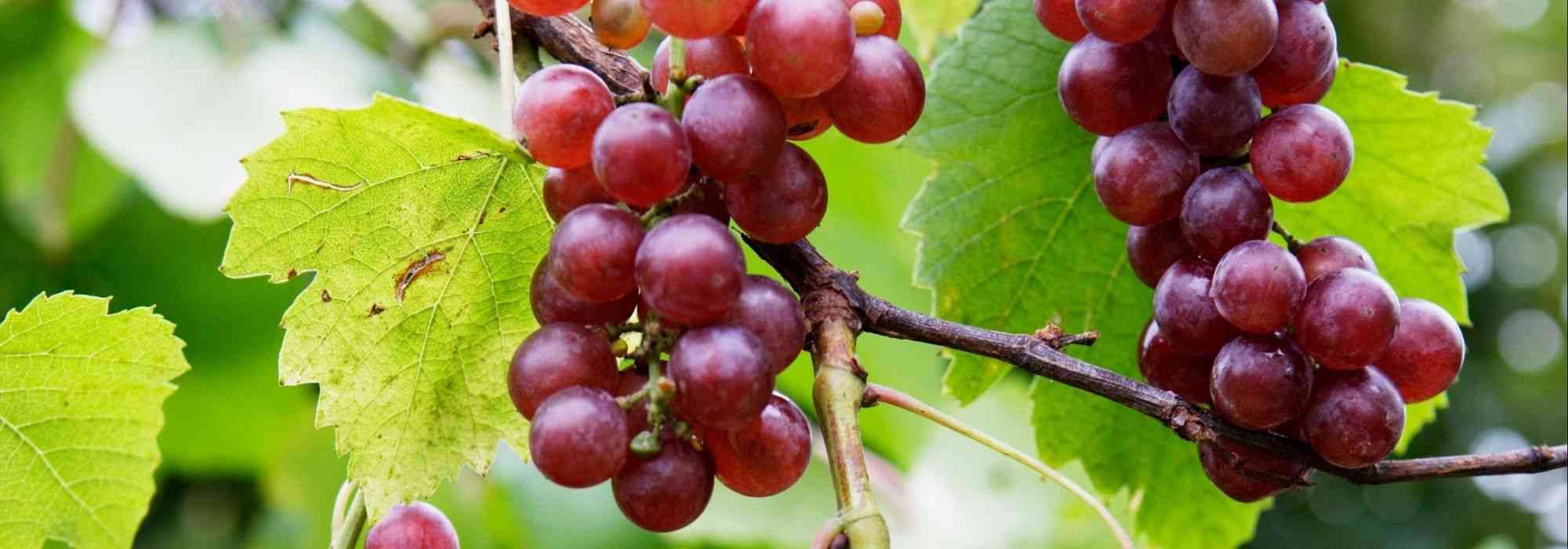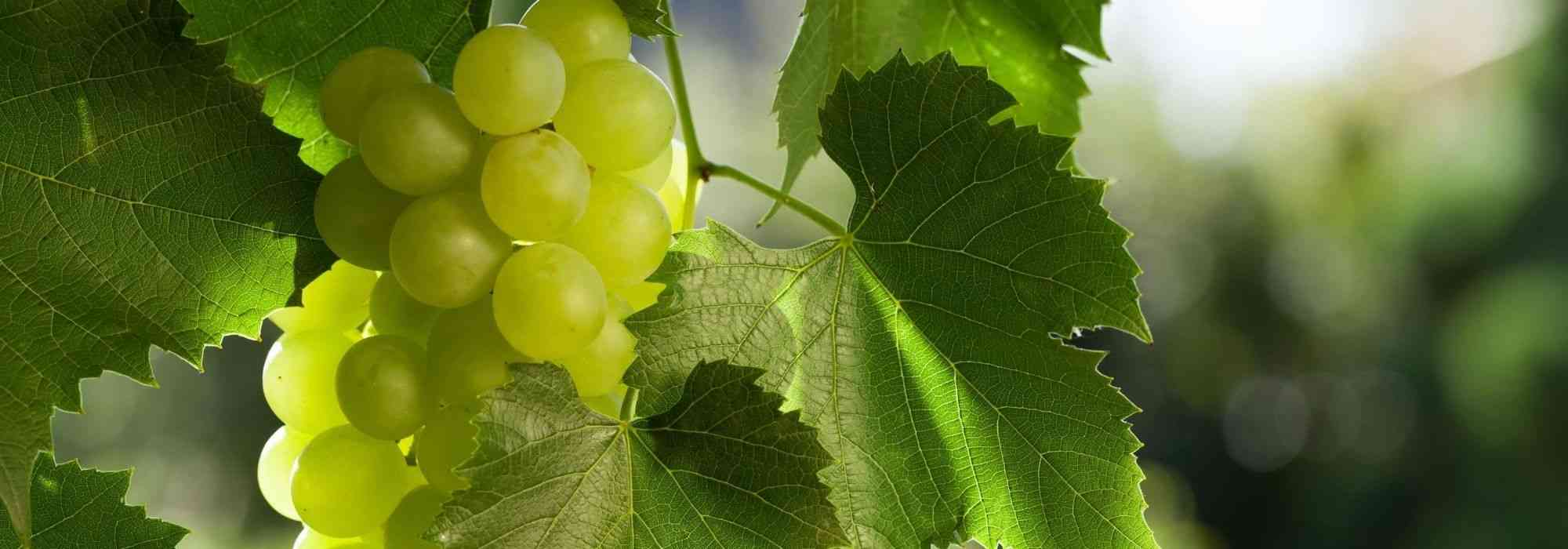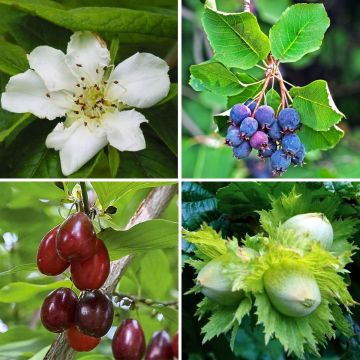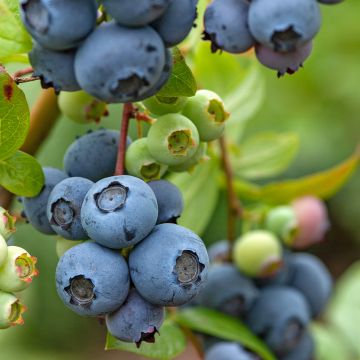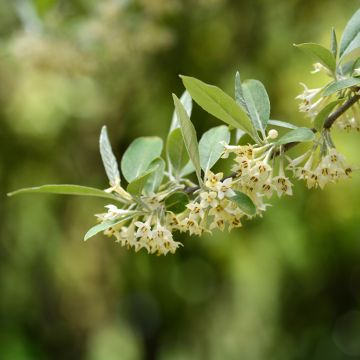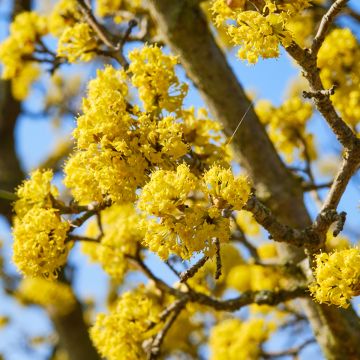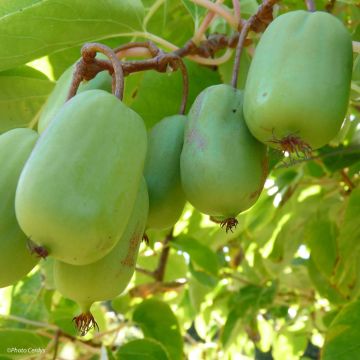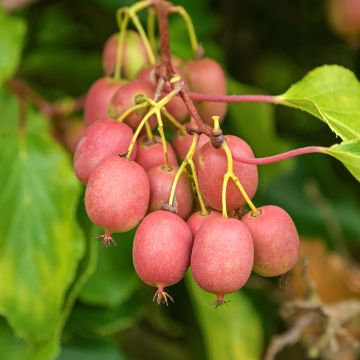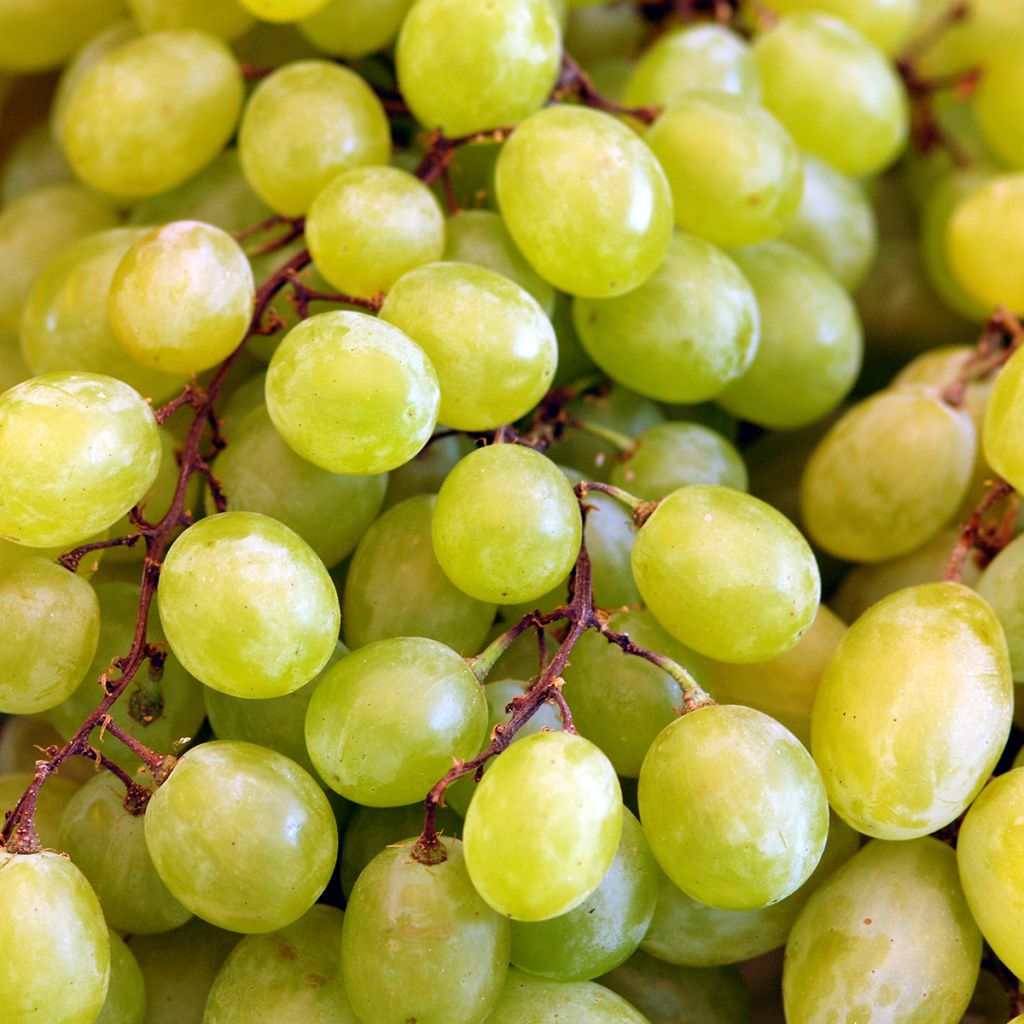

Vitis vinifera Victoria - Grape vine
Vitis vinifera Victoria - Grape vine
Vitis vinifera Vittoria
Grapevine, Common Grape Vine, European Grape, Wine Grape
Special offer!
Receive a €20 voucher for any order over €90 (excluding delivery costs, credit notes, and plastic-free options)!
1- Add your favorite plants to your cart.
2- Once you have reached €90, confirm your order (you can even choose the delivery date!).
3- As soon as your order is shipped, you will receive an email containing your voucher code, valid for 3 months (90 days).
Your voucher is unique and can only be used once, for any order with a minimum value of €20, excluding delivery costs.
Can be combined with other current offers, non-divisible and non-refundable.
Why not try an alternative variety in stock?
View all →This plant carries a 6 months recovery warranty
More information
We guarantee the quality of our plants for a full growing cycle, and will replace at our expense any plant that fails to recover under normal climatic and planting conditions.
Description
The grapevine or Vitis vinifera Victoria is a white table grapevine resulting from the cross-breeding between the 'Cardinal' and the 'Dattier de Beyrouth'. This variety is useful for its vigour, productivity, and large, crunchy, juicy grapes with a sweet and mild flavour. It produces generous clusters that ripen as early as September.
The wine grapevine (Vitis vinifera) grew wild over 5000 years ago. Many hybrids have been created to vary colours, flavours, and uses. The 'Victoria' grapevine is a Romanian creation by Victoria Lepadatu and Gheorghe Condei from the Dragasani Horticultural Research Institute, dating back to 1964. It is cultivated in many countries (Romania, Italy, Austria, Greece, Bulgaria, etc.). 'Victoria' is listed in the official catalogue of commercially marketable table grapevine varieties in the European Union.
A vigorous climbing woody shrub, the Victoria grapevine easily reaches a height or spread of 4-5m if not pruned. Its final shape will depend on the pruning performed. It is a sun-loving, undemanding, hardy, and frugal plant that prefers soil that is both clayey and stony, with a tendency towards limestone, even if it is dry in summer. Its long stems cling to their support (trellis, espalier...) through large green, twining tendrils. Its foliage, with a serrated edge, is deep green in summer and turns yellow and brown in autumn. Flowering occurs in May, earlier or later depending on the year and region, with small nectar-rich greenish flowers gathered in pyramidal and cylindrical, 10-12cm long clusters. The clusters have a beautiful appearance, they are rather large, flexible, conical, highly branched, and more or less compact. Its grapes are oblong, irregular in size, medium to large, with thick, slightly powdery, green to yellowish-green skin, or even amber-yellow when fully ripe. Their flesh is crunchy and juicy, with a sweet and mild flavour, and a few pips. The clusters withstand transportation, cold storage, and handling well.
'Victoria' grapes are consumed at the table, as dessert, in tarts, or as fruit juice. You can also use this vine to decorate a pergola or carefully train it on sturdy wires against a sunny wall. In February-March, prune this vine to 2-3 buds. It is sensitive to wind but resistant to cold winters (-15°C) and summer heat. Its foliage is slightly susceptible to powdery mildew and grey rot.
Vitis vinifera Victoria - Grape vine in pictures


Plant habit
Fruit
Flowering
Foliage
Botanical data
Vitis
vinifera
Vittoria
Vitaceae
Grapevine, Common Grape Vine, European Grape, Wine Grape
Vitis vinifera Victoria, Afuz, Afus, Ali, Régina
Cultivar or hybrid
Planting and care
Since the ravages of phylloxera at the end of the 19th century, the vine is now grafted onto different rootstocks resistant to this disease and adapted to different types of soil. These rootstocks come from American varieties naturally armed against this formidable parasite, itself of American origin. Plant the Victoria vine in autumn, in a deep, well-drained, even stony, clayey and chalky soil, in a sunny exposure, sheltered from strong winds. Incorporate 3 or 4 handfuls of fertiliser for fruit trees and 2 kg of composted manure into the planting soil for each vine. The roots must not be in contact with the manure. After planting, prune above 2 large buds (buds) to obtain the growth of two branches. Keep the most vigorous one, and tie it to a stake. The training pruning will follow. The Victoria vine adapts to many regions, it is hardy and fairly drought-tolerant. It is somewhat sensitive to fungal diseases and will require regular treatments, especially in rainy regions.
The vine does not require regular fertiliser input, for good yield, on the contrary. Enrich the soil with potash, crushed horn or iron chelate, only every 2-3 years.
Planting period
Intended location
Care
Planting & care advice
This item has not been reviewed yet - be the first to leave a review about it.
Similar products
Haven't found what you were looking for?
Hardiness is the lowest winter temperature a plant can endure without suffering serious damage or even dying. However, hardiness is affected by location (a sheltered area, such as a patio), protection (winter cover) and soil type (hardiness is improved by well-drained soil).

Photo Sharing Terms & Conditions
In order to encourage gardeners to interact and share their experiences, Promesse de fleurs offers various media enabling content to be uploaded onto its Site - in particular via the ‘Photo sharing’ module.
The User agrees to refrain from:
- Posting any content that is illegal, prejudicial, insulting, racist, inciteful to hatred, revisionist, contrary to public decency, that infringes on privacy or on the privacy rights of third parties, in particular the publicity rights of persons and goods, intellectual property rights, or the right to privacy.
- Submitting content on behalf of a third party;
- Impersonate the identity of a third party and/or publish any personal information about a third party;
In general, the User undertakes to refrain from any unethical behaviour.
All Content (in particular text, comments, files, images, photos, videos, creative works, etc.), which may be subject to property or intellectual property rights, image or other private rights, shall remain the property of the User, subject to the limited rights granted by the terms of the licence granted by Promesse de fleurs as stated below. Users are at liberty to publish or not to publish such Content on the Site, notably via the ‘Photo Sharing’ facility, and accept that this Content shall be made public and freely accessible, notably on the Internet.
Users further acknowledge, undertake to have ,and guarantee that they hold all necessary rights and permissions to publish such material on the Site, in particular with regard to the legislation in force pertaining to any privacy, property, intellectual property, image, or contractual rights, or rights of any other nature. By publishing such Content on the Site, Users acknowledge accepting full liability as publishers of the Content within the meaning of the law, and grant Promesse de fleurs, free of charge, an inclusive, worldwide licence for the said Content for the entire duration of its publication, including all reproduction, representation, up/downloading, displaying, performing, transmission, and storage rights.
Users also grant permission for their name to be linked to the Content and accept that this link may not always be made available.
By engaging in posting material, Users consent to their Content becoming automatically accessible on the Internet, in particular on other sites and/or blogs and/or web pages of the Promesse de fleurs site, including in particular social pages and the Promesse de fleurs catalogue.
Users may secure the removal of entrusted content free of charge by issuing a simple request via our contact form.
The flowering period indicated on our website applies to countries and regions located in USDA zone 8 (France, the United Kingdom, Ireland, the Netherlands, etc.)
It will vary according to where you live:
- In zones 9 to 10 (Italy, Spain, Greece, etc.), flowering will occur about 2 to 4 weeks earlier.
- In zones 6 to 7 (Germany, Poland, Slovenia, and lower mountainous regions), flowering will be delayed by 2 to 3 weeks.
- In zone 5 (Central Europe, Scandinavia), blooming will be delayed by 3 to 5 weeks.
In temperate climates, pruning of spring-flowering shrubs (forsythia, spireas, etc.) should be done just after flowering.
Pruning of summer-flowering shrubs (Indian Lilac, Perovskia, etc.) can be done in winter or spring.
In cold regions as well as with frost-sensitive plants, avoid pruning too early when severe frosts may still occur.
The planting period indicated on our website applies to countries and regions located in USDA zone 8 (France, United Kingdom, Ireland, Netherlands).
It will vary according to where you live:
- In Mediterranean zones (Marseille, Madrid, Milan, etc.), autumn and winter are the best planting periods.
- In continental zones (Strasbourg, Munich, Vienna, etc.), delay planting by 2 to 3 weeks in spring and bring it forward by 2 to 4 weeks in autumn.
- In mountainous regions (the Alps, Pyrenees, Carpathians, etc.), it is best to plant in late spring (May-June) or late summer (August-September).
The harvesting period indicated on our website applies to countries and regions in USDA zone 8 (France, England, Ireland, the Netherlands).
In colder areas (Scandinavia, Poland, Austria...) fruit and vegetable harvests are likely to be delayed by 3-4 weeks.
In warmer areas (Italy, Spain, Greece, etc.), harvesting will probably take place earlier, depending on weather conditions.
The sowing periods indicated on our website apply to countries and regions within USDA Zone 8 (France, UK, Ireland, Netherlands).
In colder areas (Scandinavia, Poland, Austria...), delay any outdoor sowing by 3-4 weeks, or sow under glass.
In warmer climes (Italy, Spain, Greece, etc.), bring outdoor sowing forward by a few weeks.






























